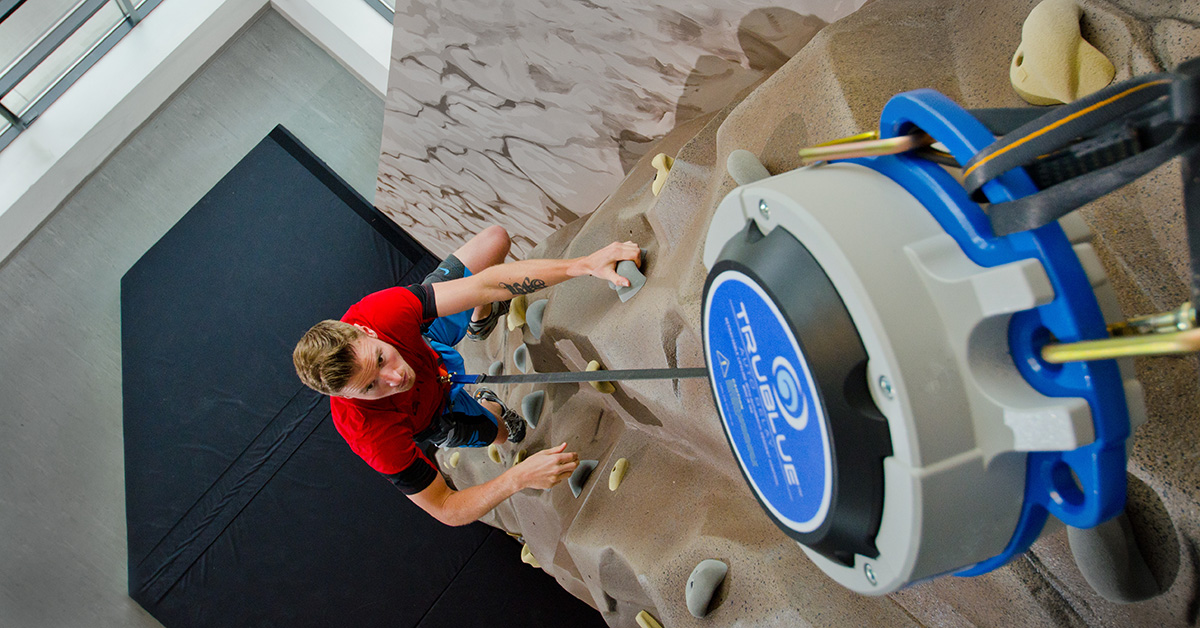
Elevated, hands-free climbing challenges are among the most dynamic and engaging Fun Climb activities. This white paper examines any version of an element that does not include any aspect of the structure that is designed to be held in the hands of participants. A participant ascends or traverses until the element is completed and egresses, falls prematurely, or descends prematurely by will in these elements. These components put your balance and confidence to the test.
If a participant grabs onto the TRUBLUE Auto Belay webbing to utilize it to support their ascent, there is a risk of an overly slack webbing prior to descend due to the nature of the exercise. Because these activities allow participants to use both hands, they can draw out a whole arm’s length of webbing, then grab the webbing with their other hand and pull out another full arm’s length. This extraction of webbing by hand for balance will result in a loose line that is inappropriate for device operation. If the webbing is not retracted before descending, the person may endure excessive swinging against objects or perhaps a ground fall, which could cause equipment damage, significant injury, or even death. TRUBLUE Auto Belay users should never climb or descend with a webbing line that is too loose. Operators should always follow their Fun Climb manufacturer’s operational requirements and adopt a risk mitigation strategy to keep participant risk to a minimum. Mandatory participant orientation and monitoring can help to reduce the possibility of excessive webbing being pulled out during this exercise.

Potential Risk Mitigation Methods
We have created a list of possible risk mitigation tactics which include, but are not limited to the following:
Add a permanent staff member to supervise the element
A permanent staff member at this element may be assigned to instruct participants in proper use, warn against pulling on the webbing while ascending, and intervene when necessary.
- Pros: Human supervision may mitigate participant risk. Supervisor will be able to intervene if participant pulls out slack manually while ascending.
- Cons: There will be a cost of labor increase and potential activity closures. If supervisor ever stops paying attention or walks away from element, the solution may not suffice.
Use a dorsal clip-in point to keep webbing out of reach
Many full body harnesses come with a dorsal connection point. Using a dorsal connection for the element may help keep the webbing out of reach for the participant.
- Pros: A dorsal connection reduces ability for participants to grab webbing and pull out excessive slack.
- Cons: A dorsal connection will require staff to connect participant to the TRUBLUE. This may also require additional harness purchases for locations who use harnesses without rated dorsal connection points.
Install a second TRUBLUE for redundancy on element
An excessively slacked line arises when a participant pulls out webbing hand over hand while ascending. By adding a second auto belay, the user will be unable to pull out excessive slack on two auto belays simultaneously, and at least one line will be properly retracted for descent.
-
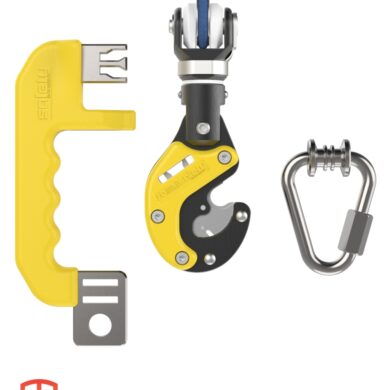 TRUBLUE Self Belay Option€ 570,00 Ex VAT
TRUBLUE Self Belay Option€ 570,00 Ex VAT -
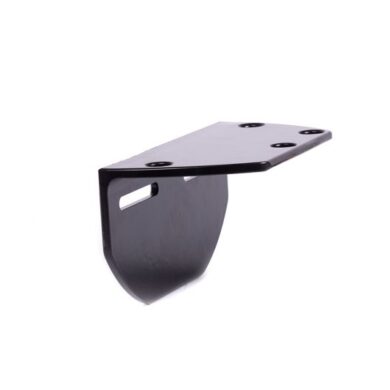 TRU-Mount | Auto Belay mounting system€ 200,00 Ex VAT
TRU-Mount | Auto Belay mounting system€ 200,00 Ex VAT -
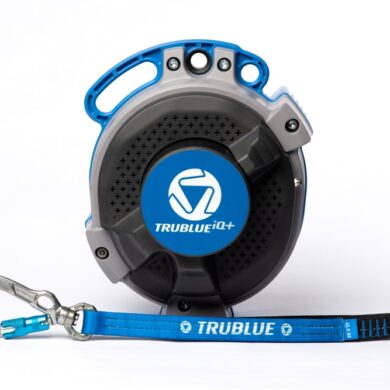 TRUBLUE iQ Auto Belay | 4,5 – 20 meter€ 2.799,00 – € 2.999,00 Ex VAT
TRUBLUE iQ Auto Belay | 4,5 – 20 meter€ 2.799,00 – € 2.999,00 Ex VAT
- Pros: Participant can still use the TRUBLUE webbing to help balance, but they won’t be able to pull excess webbing from both devices simultaneously.
- Cons: Cost of adding a second unit
- If set up improperly, the two webbings can get tangled during operation which may interfere with retraction of the webbing, resulting in a slacked line. Be sure the webbings can swivel properly and are not tangled prior to clipping in.
- Due to the additional device, the minimum weight required to descend would increase from 10kg to 20kg. THIS DOES NOT INCREASE THE MAXIMUM WEIGHT CAPACITY.
Add a support feature that participants may use to maintain balance
A separate support feature such as a railing or hanging ropes may be considered. Always consult with your manufacturer before modifying any activity.
- Pros: A separate support feature may offer additional balance or support when needed to minimize pulling on the auto belay webbing.
- Cons: Participant may still grab auto belay webbing o If improperly installed, feature may wear against the auto belay webbing, reducing life of the auto belay webbing or affecting retraction.
- If the support feature is a rope or line, there may be potential for entanglement between the participant or webbing and the feature.
Use a TRUBLUE SPEED on the element for faster retraction
A TRUBLUE SPEED Auto Belay enables faster retraction, optimal for elements in which participants may climb quickly. A TRUBLUE SPEED will eliminate slack quickly from the line and is an option for any activity involving fast climbing in Fun Climbs.
- Pros: Faster retraction means a user who is quickly climbing the element without grabbing the webbing won’t have to wait for slack to be taken by the device. Additionally, it will ensure a fast slack uptake before descent.
- Cons: Cost of upgrading auto belay.
- The participant can still use the webbing as a support during ascent and pull out excessive slack.
- The TRUBLUE SPEED may not mitigate the risk of an excessively slacked descent alone, but may be considered in conjunction with other tactics in an overall risk mitigation strategy.
Conclusion
Manufacturers and operators of Fun Climbs with planned or existing hands-free climbing aspects are responsible for developing and implementing an overall risk mitigation strategy for overly slack descents. Increased staff monitoring, device redundancy, participant orientation, and the use of a dorsal connection are all possible risk mitigation techniques. Before making any operational adjustments or modifications to the element, always check with the manufacturer. Because players may complete hands-free climbing or traversing portions fast on occasion, a TRUBLUE SPEED may be a better choice for this or any activity including simple, timed, or competitive climbing where speed is expected or encouraged. Although none of these strategies can completely eliminate risk, a combination of tactics should be explored as part of a larger strategy.
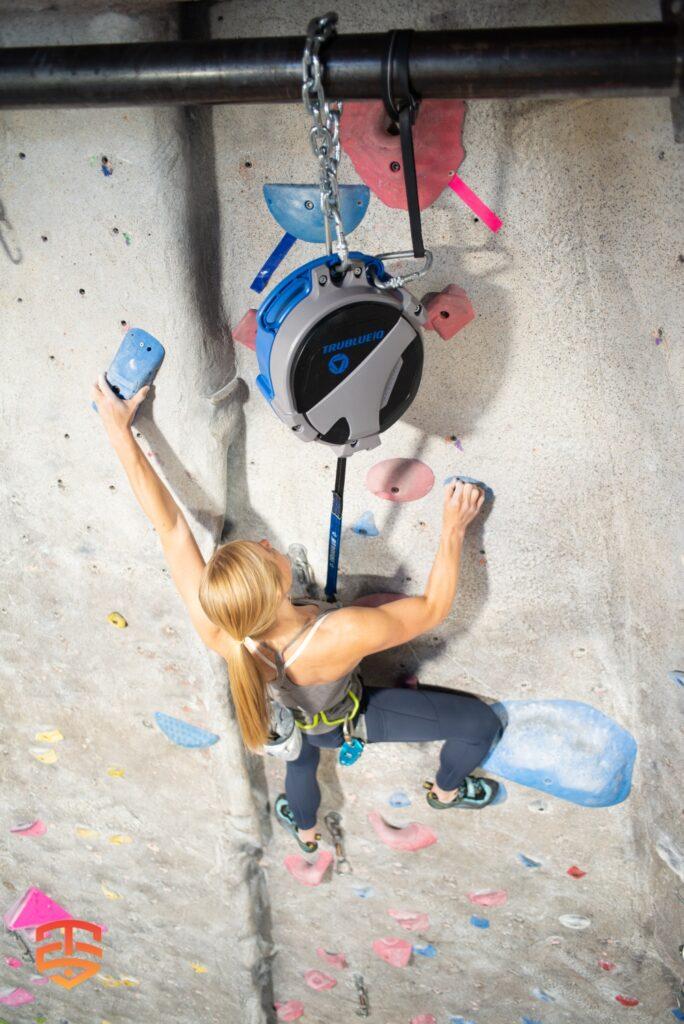
Vertical Auto Belay systems
Grow your climbing community by providing more access to more routes for more climbers.
Auto Belay makes climbing simple and approachable, turning first-time users into return customers. TRUBLUE Auto Belays are engineered to minimize maintenance and are built to last. Our patented magnetic braking system, delivers the smoothest user experience, the highest level of reliability, and dramatically reduces device downtime.
Dive Deeper: Exploring Auto Belay Technology with Expert Insights
Auto belays are transforming the world of indoor climbing, offering convenience and safety for climbers of all levels. But how exactly do they work, and what are the key considerations for using them? To learn more about the intricacies of auto belay technology and gain valuable insights from experts in the field, check out our additional resources below…
- Comparison of Auto Belay’s: what’s new in the TRUBLUE iQ series
- Using Technology to Make Your Climbing Gym Accessible and Inclusive
- A Closer Look at the Auto Belay System
- Next Generation Auto Belay – TRUBLUE iQ
- Every modern climbing gym should have these 5 features
- Everything You Need to Know about Buying Auto Belays
- Increase Revenue and Customer Satisfaction at Family Entertainment Centers
- Catch-and-Hold: What is it and how does it work?
- Leading the Way in profitable and safe climbing
- Why Family Entertainment Centers Trust TRUBLUE Auto Belays
- Creating Value for Customers by Using an Auto Belay
- TRUBLUE iQ+ World’s first catch-and-hold auto belay
- Drive Revenue and Customer Satisfaction with Auto Belays
- 7 Ways Magnetic Braking Is Better Than Friction
- No Belayer Necessary: Understanding Auto belays
- Competitive Advantage of an Auto Belay
- ROI at Climbing Walls and Family Entertainment Centers
- Auto-Belay and hands-free climbing challenges
- Why using Auto Belays Boosts your Business
- The Science of Eddy Current Magnetic Braking
-
 TRUBLUE iQ+ | Catch & Hold Auto Belay€ 4.399,00 – € 4.599,00 Ex VAT
TRUBLUE iQ+ | Catch & Hold Auto Belay€ 4.399,00 – € 4.599,00 Ex VAT -
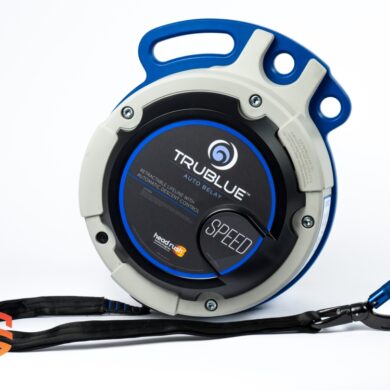 TRUBLUE SPEED Auto Belay | 7,5 – 16 meter€ 2.799,00 – € 2.899,00 Ex VAT
TRUBLUE SPEED Auto Belay | 7,5 – 16 meter€ 2.799,00 – € 2.899,00 Ex VAT -
 TRUBLUE iQ Auto Belay | 4,5 – 20 meter€ 2.799,00 – € 2.999,00 Ex VAT
TRUBLUE iQ Auto Belay | 4,5 – 20 meter€ 2.799,00 – € 2.999,00 Ex VAT







